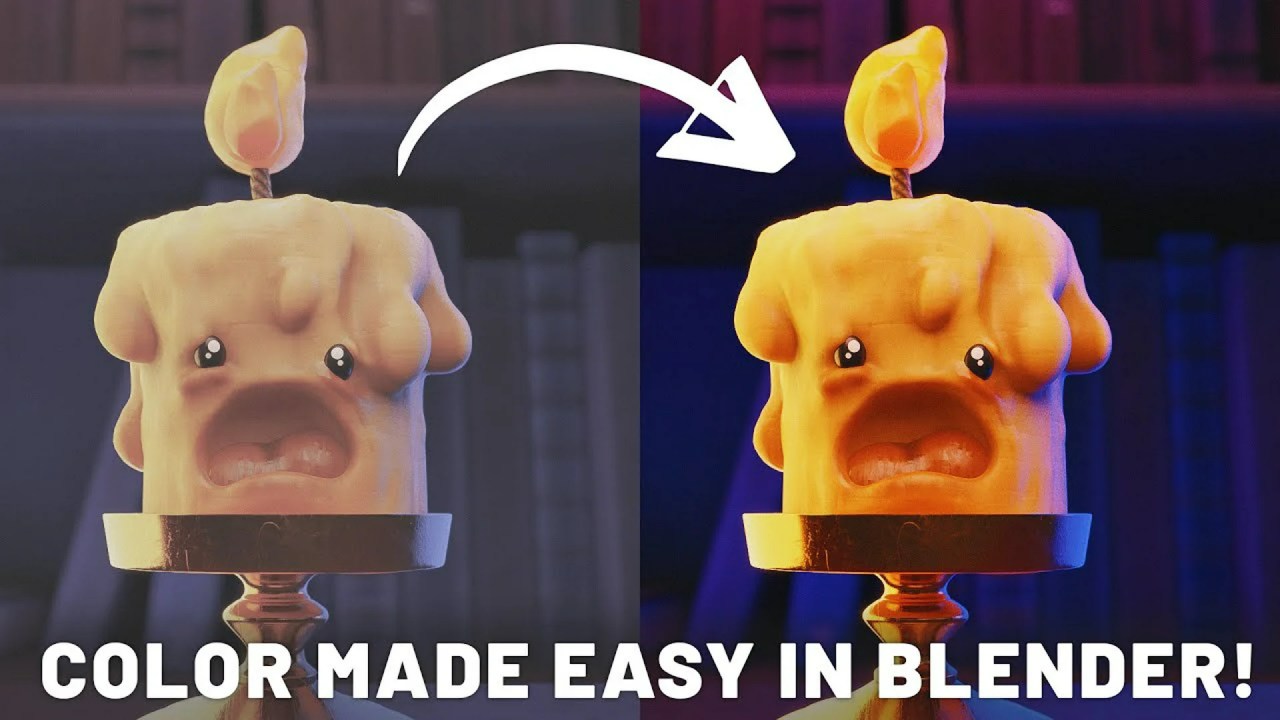Unlock Hollywood-level lighting in Unreal Engine 5! Discover Josh Toonen’s three cinematic lighting frameworks, from color theory and atmospheric effects to dynamic light animation and realistic light shaping, transforming your virtual film sets.
Ever wondered how blockbuster films achieve their stunning visual depth and mood? It all comes down to mastering lighting, and thanks to powerful tools like Unreal Engine 5, you don’t need an expensive film set to practice and perfect this crucial skill. In a recent masterclass, visual effects artist Josh Toonen, known for his work on projects like “Alien: Covenant,” generously shared his professional lighting frameworks to help filmmakers and content creators elevate their virtual productions.
Josh, a self-taught artist whose journey into VFX saw him contributing to major Hollywood productions, emphasizes that the most impactful skill in filmmaking isn’t about gear, but about understanding and manipulating light. He demonstrates how Unreal Engine 5 empowers creators to build intricate film sets, characters, and environments, all while applying industry-standard lighting techniques. His insights are particularly valuable for those looking to transition into virtual filmmaking workflows.
Let’s dive into the three key lighting frameworks Toonen outlines to achieve a truly cinematic look every single time.
1. The 60/30/10 Rule. Color, Contrast & Volumetric Fog
The first framework Josh introduces is the 60/30/10 rule for choosing light colors. This method creates depth and complexity by assigning distinct colors to the foreground, midground, and background. Instead of a monochromatic, flat scene, you aim for three separate colors:
- The 60% is typically the background, using a color that makes your character pop. For example, in a predominantly red scene, adding yellow background lights creates separation.
- The 30% is a neutral light on your character, often justified by a practical light source within the shot (like a blue weapon glow). This prevents skin tones from being washed out and guides the audience’s eye, as the brightest point naturally draws attention.
- The 10% is an accent color, derived from your original palette, used for emotional emphasis or striking rim lighting.
The core idea is color contrast. Start with an unchangeable color (e.g., a blue torch) and find its contrasting color on the opposite side of the color wheel. Consistency is key: all lights within a specific color group should use the exact same hue, easily managed by copying and pasting colors in Unreal Engine. He also highlights the importance of Unreal Engine’s capabilities for artists transitioning from traditional VFX pipelines.
To further enhance the background and unify the 60% color, volumetric fog is incredibly effective. This technique, common on real film sets, involves filling the scene with atmospheric fog. In Unreal, you can achieve this by adding an “Exponential Height Fog” actor and enabling “Volumetric Fog.” Then, any light you add (point, spot, or rectangle) will react to the fog when its “Volumetric Scattering Intensity” is increased, creating realistic “god rays” and depth that are occluded by geometry. For subtle effects, a low scattering light can be placed behind a character, adding atmosphere without affecting their primary lighting. Spotlights allow for defined beams by adjusting the “Outer Cone Angle,” and lights within volumetric fog can even be animated for dynamic effects like searchlights.
2. Animating Lights with Light Function Materials
Movement adds life to a scene, and this framework focuses on animating lights, drawing inspiration from classics like “Alien” (1979) with its iconic strobes and blinking effects. This is done using a Light Function Material in Unreal. To create one, you’ll make a new material, change its “Material Domain” to “Light Function,” and connect an “Emissive Color” node to a “Sine” node. The “Sine” node, animated by a “Time” node, provides a fluctuating value. To normalize this to a 0-1 range and prevent unexpected results, Toonen recommends adding 1 and multiplying by 0.5. Chaining multiple sine waves can introduce more chaotic and unpredictable flickering, while a “Speed” parameter allows control over the animation rate.
Once created, this light function material is assigned to your desired light. This same principle can be applied to Surface materials for interactive blinking lights on props, like a spaceship’s dashboard. By connecting the sine wave output to the “Emissive Color” of a surface material and matching its color to a real light, props can subtly blink in sync. For multiple flickering lights that aren’t perfectly synchronized, an “Add” node with a “Time Offset” parameter can be introduced before the sine node, giving each instance a unique animation curve.
3. Sculpting Light with Physical Properties
Finally, Toonen discusses changing the physical size and shape of lights. Unreal’s default point lights can often appear too small compared to real film set lighting, which uses large diffusion panels for softer illumination. In Unreal, you can adjust a point or spotlight’s “Source Radius” and “Source Length” to stretch it into a physical 3D shape, like a light tube or frame. This results in larger, softer reflections, mimicking real-world setups. A handy pro tip for sculpting precise rim lights is to use Alt + Middle Mouse Button to offset a light’s pivot point, allowing you to rotate it around a character for perfect edge illumination.
For soft key lights on a character’s face, “Rectangle Lights” are preferred. Their larger surface area naturally mimics the effect of softboxes or sky panels, providing a broad, gentle illumination. Furthermore, “Barn Doors” on rectangle lights can be adjusted to focus light specifically on the subject, preventing spill onto the background. This ensures your character remains the brightest element, truly standing out in the scene. For those looking to dive deeper into Unreal Engine, Josh offers a FREE Unreal 5 Crash Course and a more intensive 21 Day Unreal Bootcamp. Additionally, motion capture tools like those from Rokoko can further enhance your virtual production pipeline, allowing for realistic character animation to complement your refined lighting.
By applying these three frameworks—the 60/30/10 color rule, dynamic light animation via material functions, and precise physical light shaping—filmmakers can achieve sophisticated, professional-level lighting in their Unreal Engine projects, bridging the gap between virtual and real-world cinematography. Don’t forget to join the waitlist for his advanced Unreal Filmmaking course to continue your learning journey!
Sources:
Cinematic Lighting Masterclass (Alien in Unreal 5) – Josh Toonen



